Asian Filmmaking, Its Resilience and Reality
Ishizaka: Onto the last episode, Beyond The Bridge. Ms. Kulikar, I heard that yours was a very loaded shoot, having governmental and municipal help which is quite unusual.
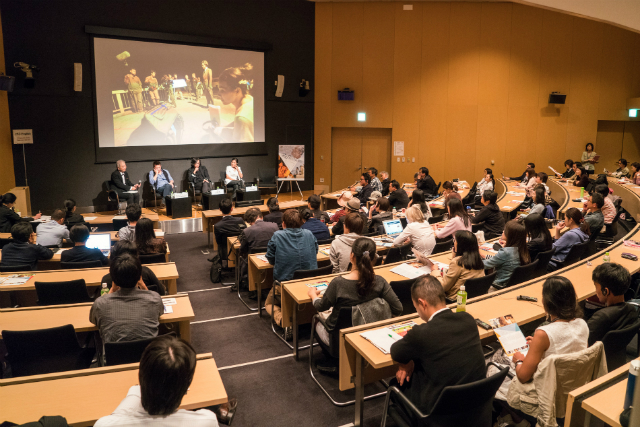
Kulikar : Well, yes. The very last scene is set in 1990 when we only had the Cambodia-Japan Friendship Bridge - we now have newer bridge next to it, but back then there was only the one bridge. So we had to get rid of that newer bridge by closing it down and turning all the lights off, and we had to persuade the city offices for permission. We were shooting during the Cambodian New Year, on April 13, when everything literally stops from the first week of April - from private companies to governmental offices. So we were calling every office we could think of to ask for permission to shoot on the Bridge. Finally, we went to the security police on the Bridge, and we pleaded to the gentleman, "we have permission from the Ministry of Culture and Fine Arts, we need to shoot on this Bridge." Very fortunately, he was a Japanophile and kindly answered, "I love Japan. If it's a film with Japan, let me help you." However, although he was able to stop the traffic, he couldn't authorize turning the lights off.
I was in the film as one of the actors, but I was running around in my costume trying to get this permission. Finally, I got through to the mayor himself, and he very kindly gave us the go. He gave us from 8PM to 4AM to shoot, so it was a very tight window, but thanks to the generosity of the Japan-loving security man, we were able to shoot from 6PM to 8AM of the next morning. It was like sorting out a huge puzzle; it was very stressful. For me, it really was a miracle that we were able to shoot everything in time. Looking back, I really think this is a materialization of the love and dedication of both the Japanese and Cambodian crew. We had to shoot it all in ten days, but it is truly their determination, their devotion that realized this.
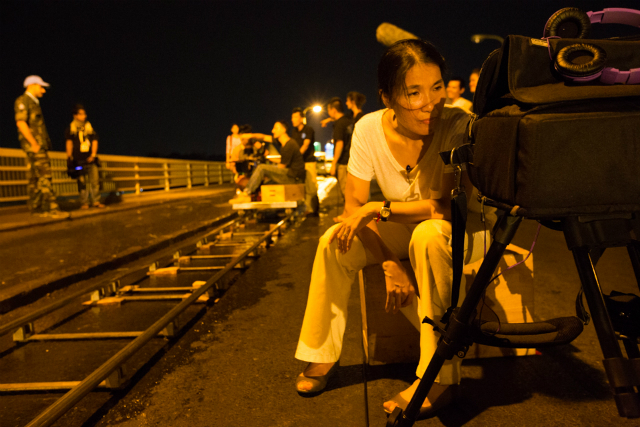
Ishizaka: I see. We now have Mr. Edmund Yeo, the co-producer for Pigeon, to join us. He is one of the rising filmmakers now, and we had him pair up with fellow filmmaker Mr. Woo Ming Jin as the producers for Mr. Yukisada's team. Mr. Yeo, what was it like on his team?
Edmund Yeo (hereinafter Yeo): It was terrible! I'm joking [smiles]. It was a wonderful experience. I'm credited as the producer but I think I was able to get more involved, with the Behind-the-Scenes for instance. While I lived in Japan, I participated on shoots so I know what filmmaking in Japan is like, and I don't deny that there were cultural gaps. Taking pictures and uploading them onto social media is something we just do. And I think there were lots that we learned too: how to control the set and get things going professionally. I myself learned a lot too from this shoot.
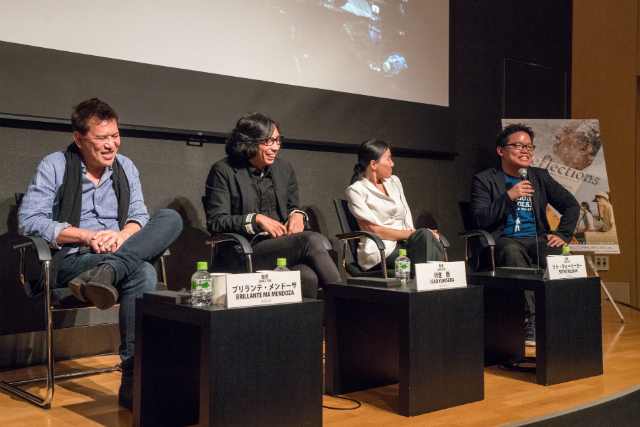
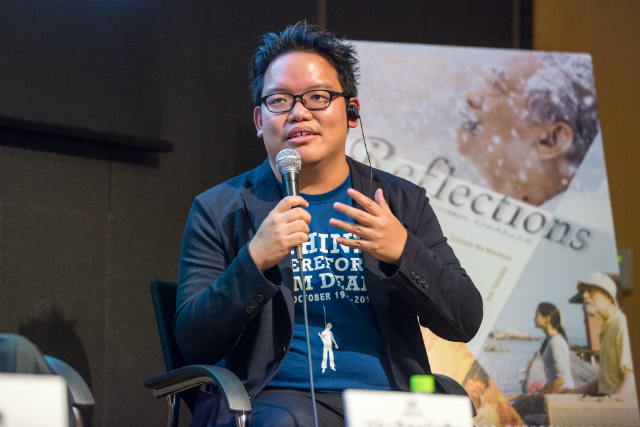
Yukisada: Let me tell you about how we decided Ojichan's residence in the film. Initially, the Malaysian crew proposed a hotel where Christopher Doyle *1 had filmed before, but it was too beautiful [obviously]. So we searched for another location and found this one. [It was actually the residence of a Malaysian producer and] the crew were using it as their accommodation too. There was old furniture, and the atmosphere in general was so much better [like someone was actually living there.]
*1 Legendary cinematographer, Christopher Doyle is famous for his innovative use of color and striking compositions such as in Wong Kar-Wai's Chungking Express (1994) and Fallen Angels (1995).
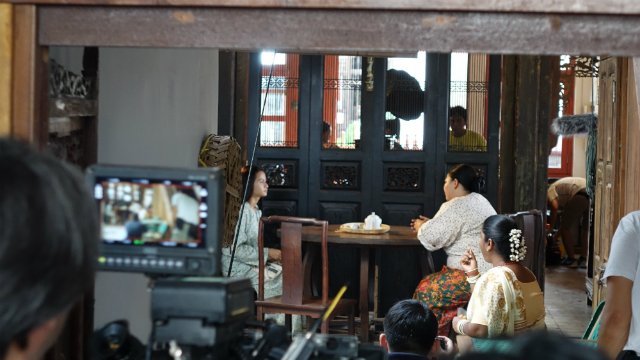
So, although it was only a few days prior to shooting, I said to Edmund, "I want to shoot here." We hadn't prepared for it at all, but he thought for a bit, and then replied, "OK." It's that sense of sound resilience which I assume is the same for Dante's shoots. You negotiate with the space from which your inspiration flows and shoot there if it's ok; or still shoot there even if it's not [laughs]. I think that's where the resilience, flexibility, and reality lie in Asian film. You could never do that in Japan: they'd say, "we'd need time to re-negotiate and for the art design team to redo the set" or "that's not what we planned, so please don't." The crew here [outside Japan] are very flexible. They'd initially pretend to be stumped, but after a minute or two, there's an "ok," without negotiating with anyone; they would meet my request even if it takes time or is not entirely perfect.
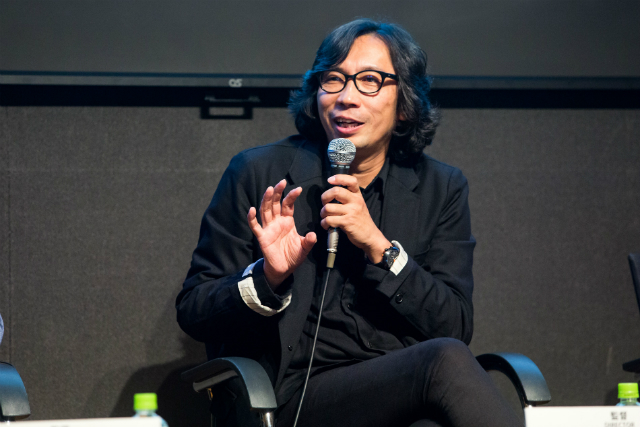
Yukisada recalling the shoot in Malaysia
- Next Page
- The Trust that Binds the Three Films






